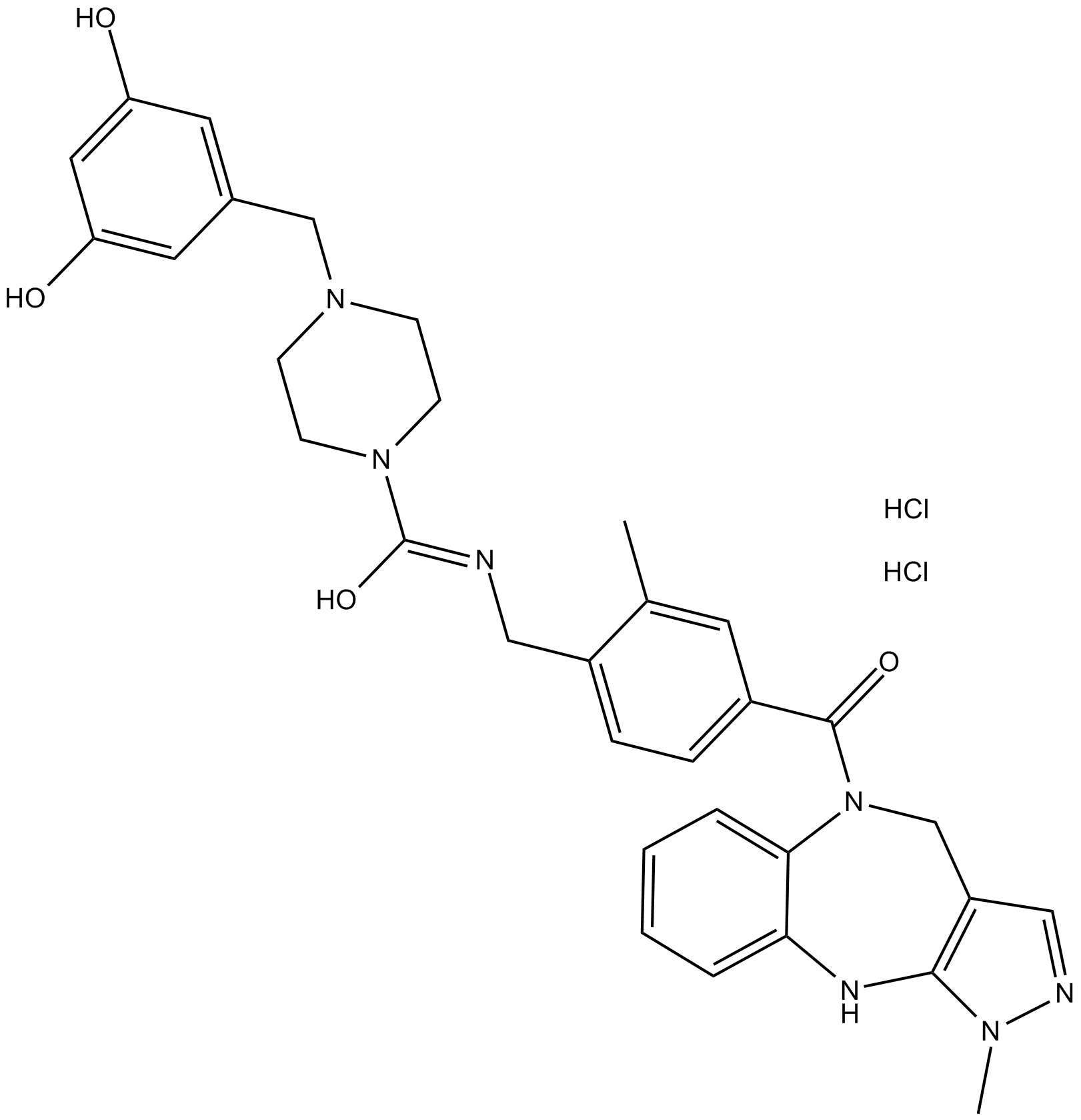Oxytocin Receptors
Oxytocin, a hormone involved in numerous physiologic processes, plays a central role in the mechanisms of parturition and lactation. It acts through its receptor, which is a transmembrane receptor belonging to the rhodopsin-type class I G-protein-coupled receptor (GPCR) superfamily, while Gq/phospholipase C (PLC)/inositol 1,4,5-triphosphate (InsP3) is the main pathway via which it exerts its action in the myometrium. The main signaling pathway is the Gq/LPC/Ins3 pathway, but the MAPK and the RhoA/Rho kinase pathways are also activated, contributing to increased prostaglandin production and direct contractile effect on myometrial cells. Various peptide and nonpeptide antagonists have been developed as potential tocolytic agents or research tools for the various Oxytocin functions. Many of these oxytocin receptor antagonists are used only as pharmacological tools, while others have tocolytic action.
Products for Oxytocin Receptors
- Cat.No. Product Name Information
-
GC12194
Atosiban
mixed antagonist of oxytocin and vasopressin receptors

-
GC39849
Atosiban acetate
Atosiban acetate (RW22164 acetate;RWJ22164 acetate) is a nonapeptide competitive vasopressin/oxytocin receptor antagonist, and is a desamino-oxytocin analogue.
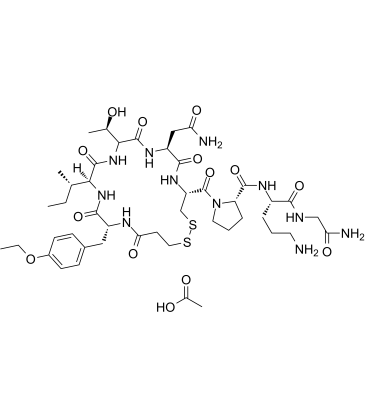
-
GC11419
Carbetocin
oxytocin receptor agonist
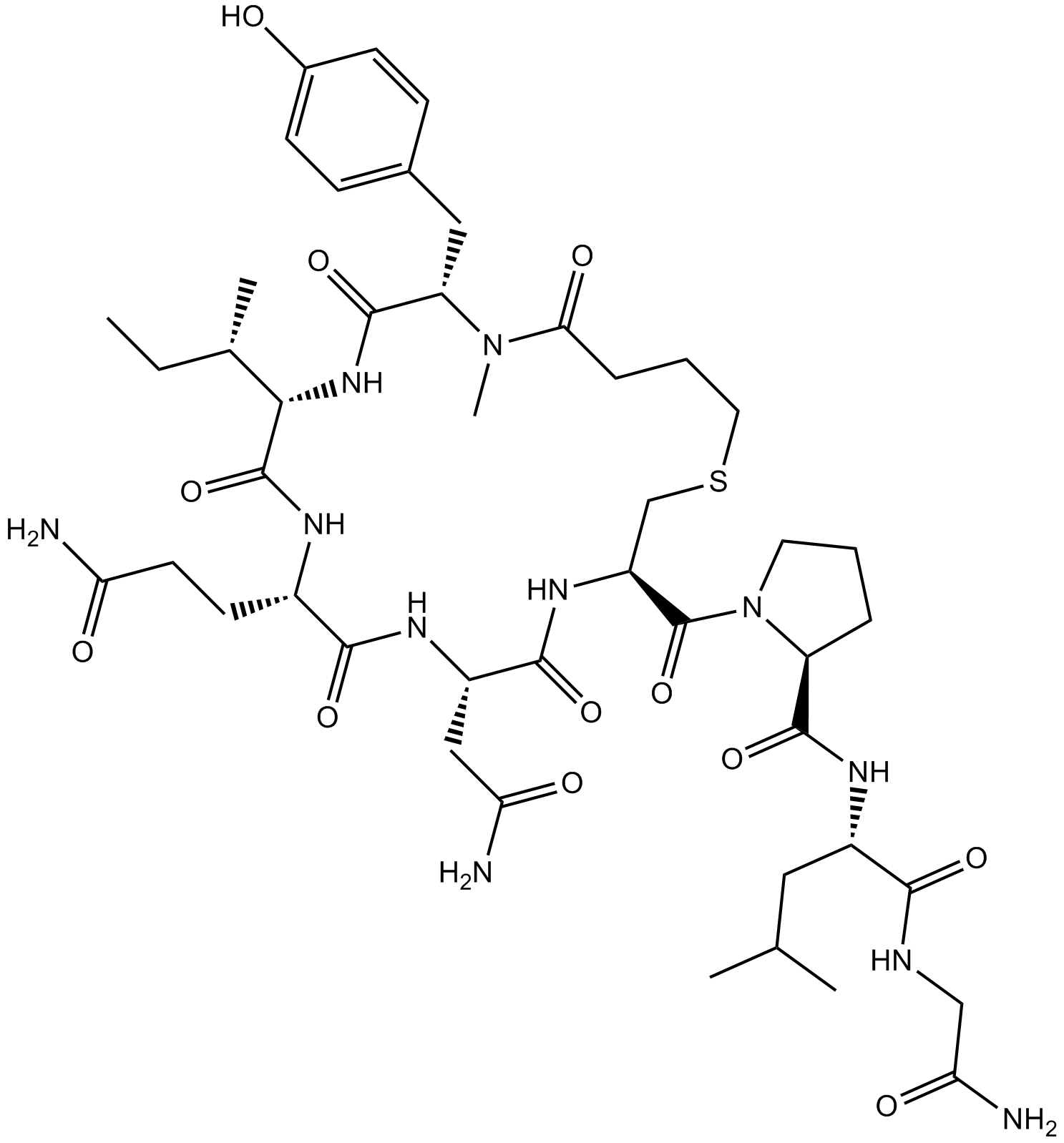
-
GC30594
Epelsiban (GSK 557296)
Epelsiban (GSK 557296) (GSK 557296) is a potent, selective and orally bioavailable oxytocin receptor antagonist, with a pKi of 9.9 for human oxytocin receptor.
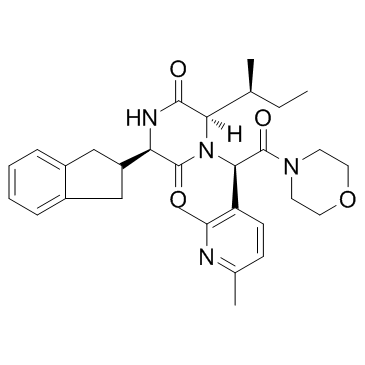
-
GC16620
L-368,899 hydrochloride
L-368,899 hydrochloride is an orally active and selective OT (oxytocin ) receptor antagonist, with IC50s of 8.9 and 26 nM for uterus of rat and human, respectively.
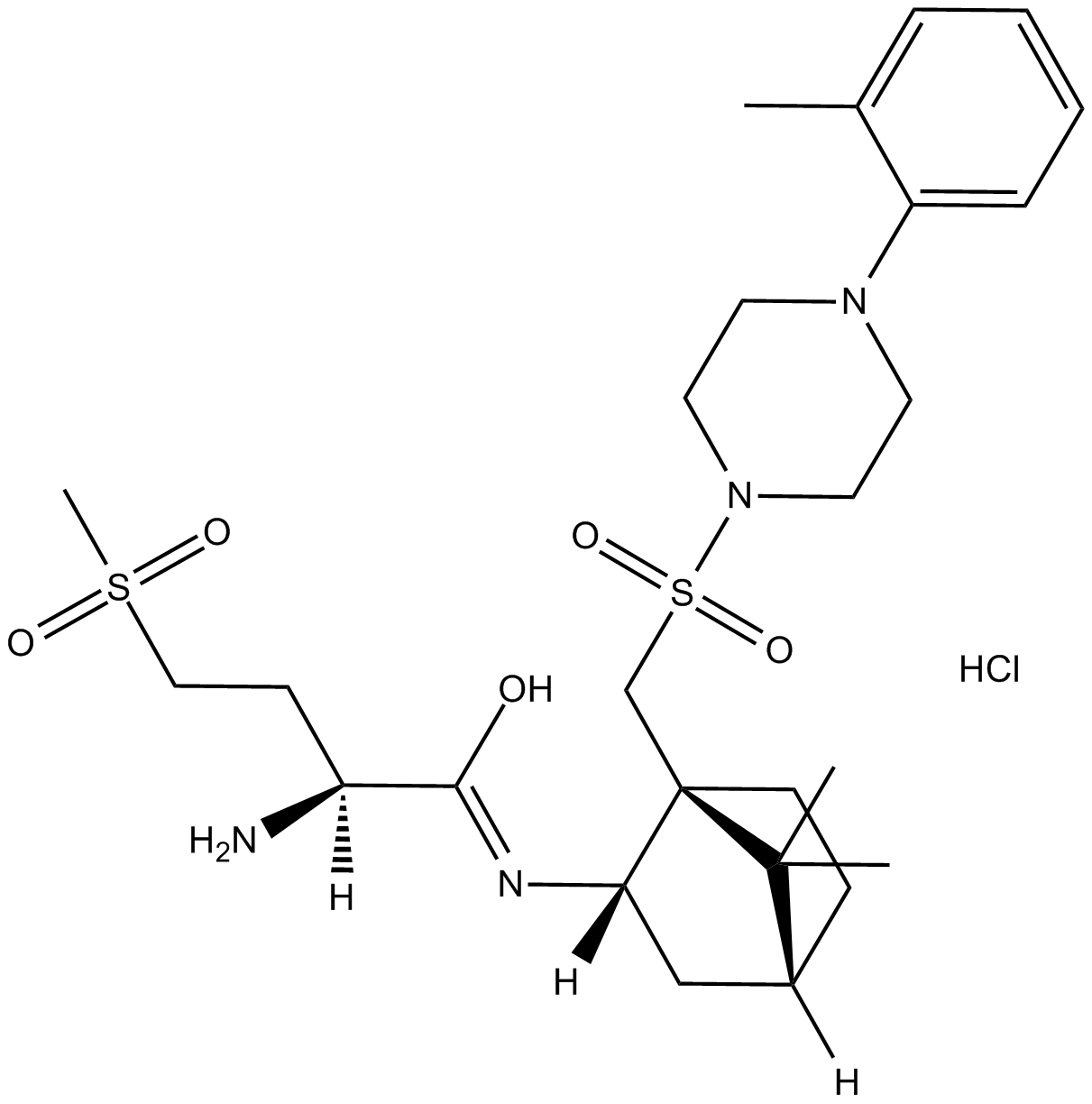
-
GC11991
L-371,257
human oxytocin (OT) receptor antagonist
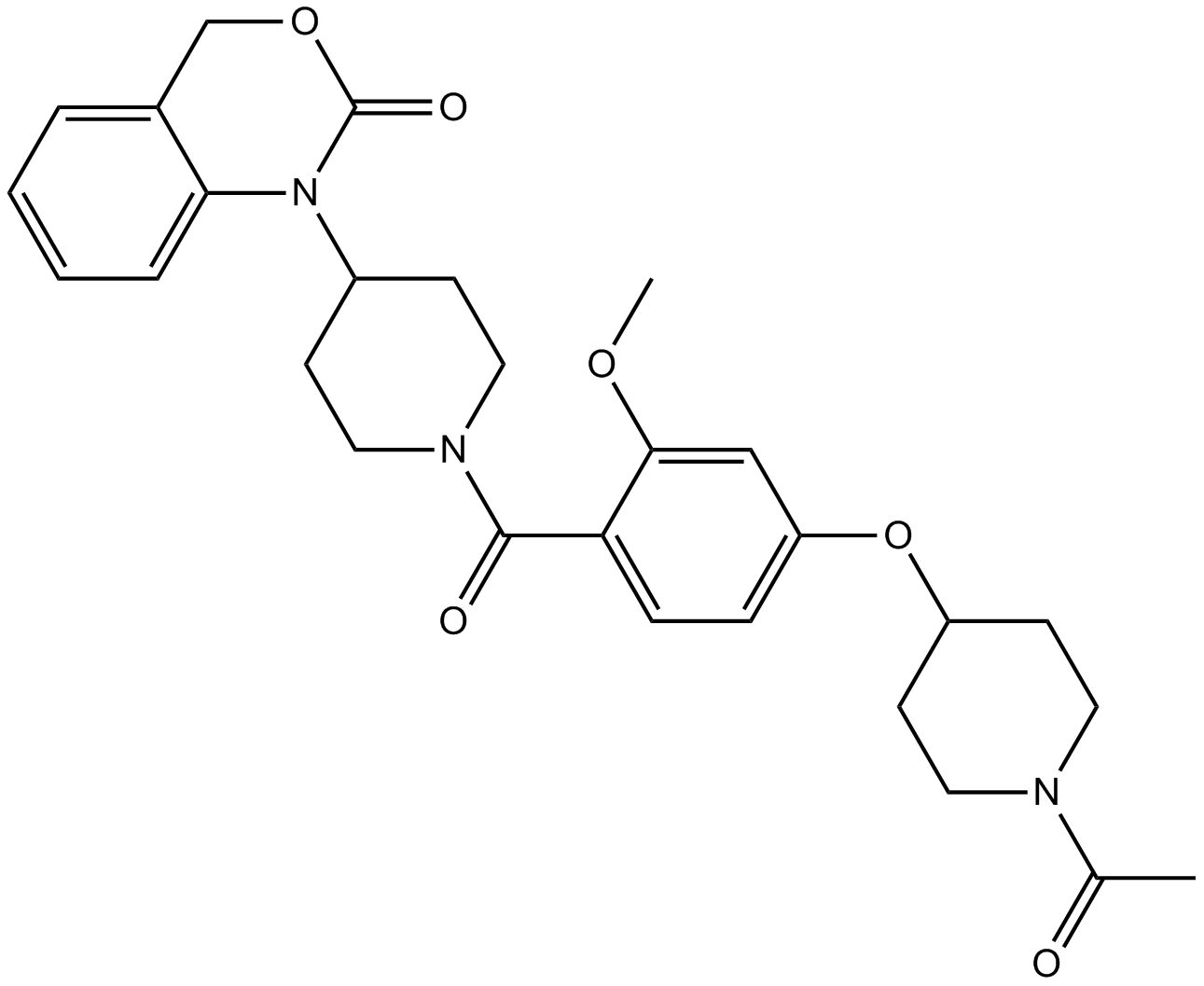
-
GC63036
L-372662
L-372662 is a potent and orally active non-peptide oxytocin antagonist with a Ki value of 4.8.
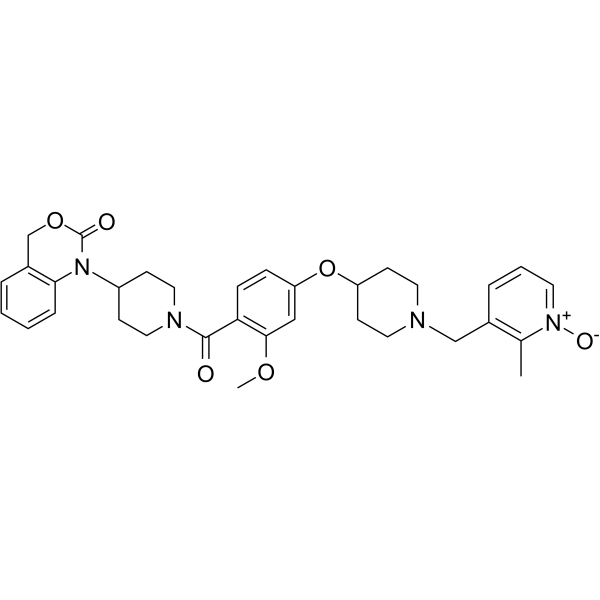
-
GC38922
LIT-001
LIT-001 is the first nonpeptide oxytocin receptor (OT-R) agonist (EC50=55 nM; Ki=226 nM).
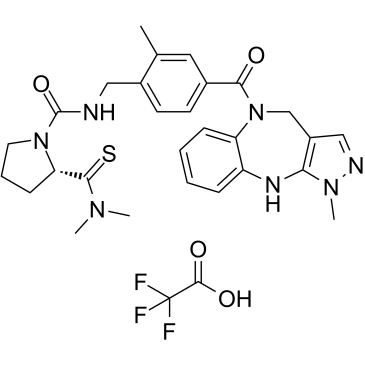
-
GC32425
OT antagonist 1
OT antagonist 1 (Compound 4) is a potent, selective Oxytocin antagonist with a Ki of 50 nM.

-
GC34364
OT antagonist 1 demethyl derivative
OT antagonist 1 demethyl derivative is the demethyl derivative of OT antagonist 1.
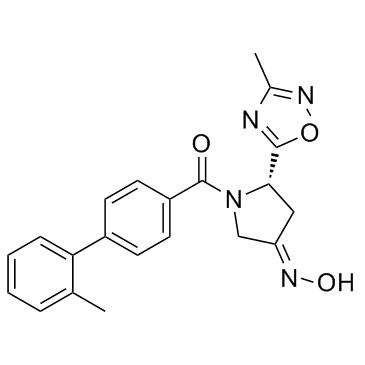
-
GC32431
OT antagonist 3
OT antagonist 3 is an oxytocin (OT) antagonist extracted from patent WO2007017752A1.
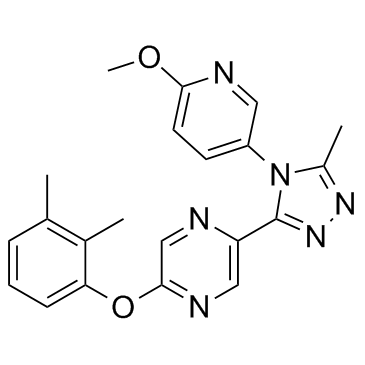
-
GC36823
OT-R antagonist 1
OT-R antagonist 1 is a new potent and selective nonpeptide low molecular weight OT-R antagonist.
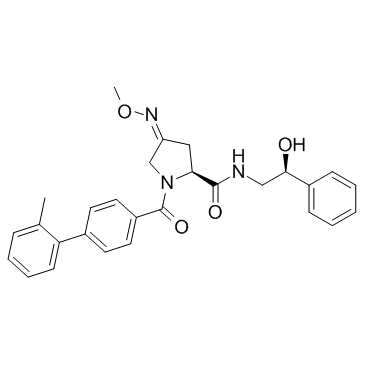
-
GC33540
OT-R antagonist 2 (Oxytocin receptor antagonist 2)
OT-R antagonist 2 (Oxytocin receptor antagonist 2) is a nonpeptide low molecular weight OT-R antagonist.

-
GC16222
Oxytocin
mammalian neurohypophysial hormone
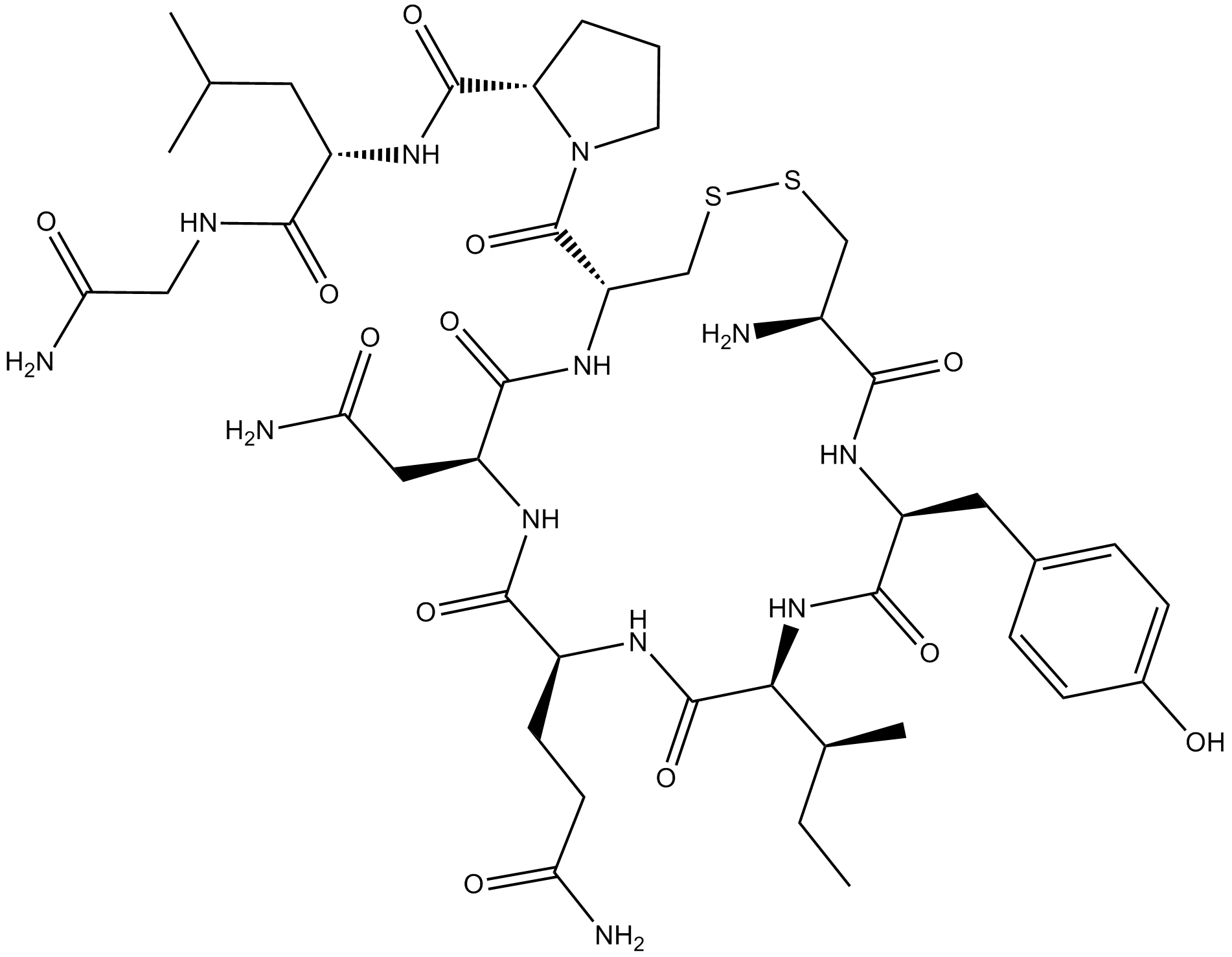
-
GC44526
Oxytocin (acetate)
Oxytocin is a nonapeptide hormone primarily synthesized in magnocellular neurons of the paraventricular and supraoptic nuclei of the hypothalamus.

-
GC17249
PF-3274167
Oral oxytocin antagonist
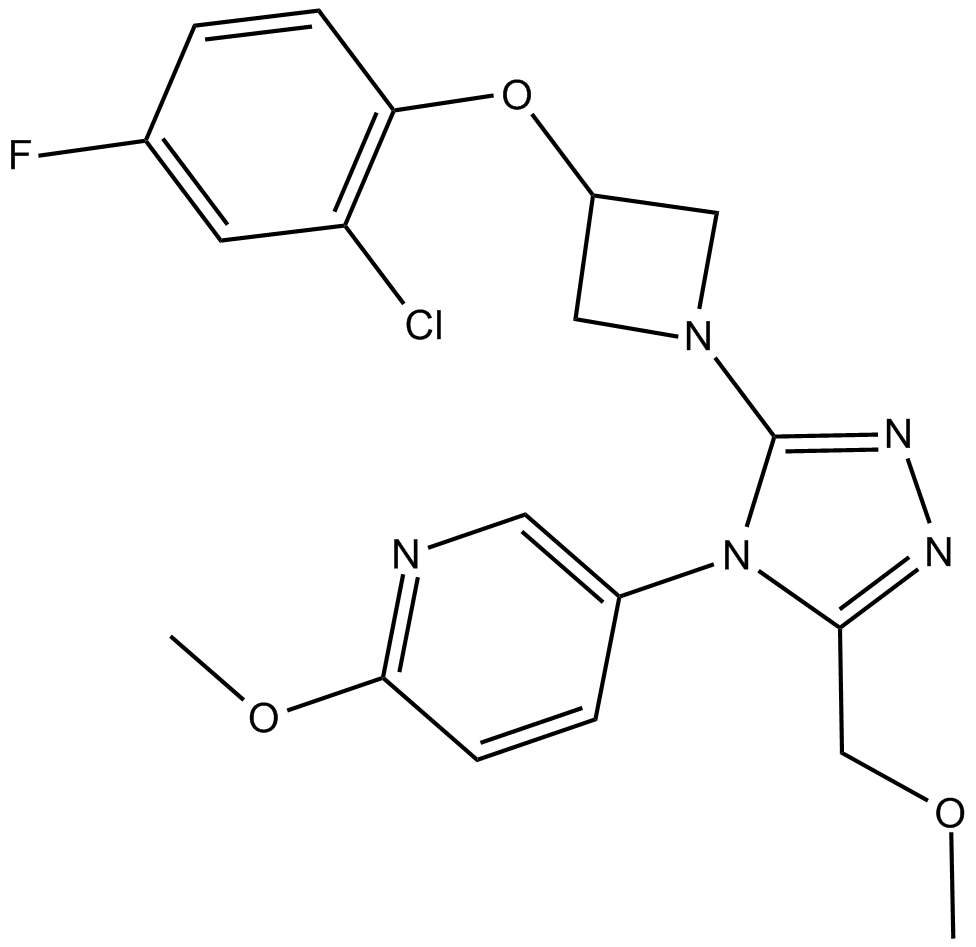
-
GC31068
Retosiban (GSK 221149)
Retosiban (GSK 221149) (GSK221149A) is a potent and selective oxytocin antagonist with a Ki of 0.65 nM.

-
GC37635
SHR1653
SHR1653 is a highly potent, selective and brain penetrated oxytocin receptor (OTR) antagonist, with an IC50 of 15 nM for hOTR.

-
GC14001
TC OT 39
oxytocin receptor partial agonist

-
GC11042
WAY 267464 dihydrochloride
WAY 267464 dihydrochloride is a non-peptide oxytocin receptor (OTR) agonist.
